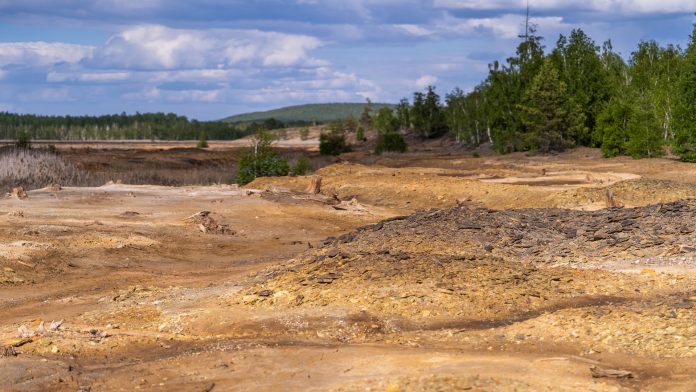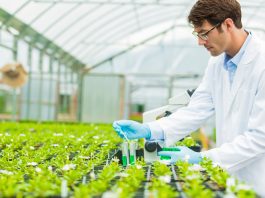Scientists at Johannes Gutenberg University Mainz and ETH Zurich have developed a process of synthesising commodity chemicals from contaminated soil.
Commodity chemicals represent the starting point for many mass-produced products in the chemical industry, such as plastics, dyes, and fertilisers. These chemicals are usually synthesised using chlorine gas or bromine, both of which are extremely toxic and highly corrosive.
In their recent paper, named ‘Merging shuttle reactions and paired electrolysis for reversible vicinal dihalogenations’, the researchers report that they have used electrolysis to obtain chemicals known as dichloro and dibromo compounds, which can then be used to synthesise commodity chemicals.
Professor Siegfried Waldvogel, spokesperson for JGU’s cutting-edge SusInnoScience research initiative, which helped develop the new process, said: “Chlorine gas and bromine are difficult to handle as they require strict safety procedures. Our method largely eliminates the need for safety measures because it does not require the use of chlorine gas or bromine. It also makes it easy to regulate the reaction in which the desired chemicals are synthesised by controlling the supply of electric current.”
Extracting dichloro and dibromo compounds
The recent paper states that electrolysis can be used to obtain dichloro and dibromo compounds, for example, from solvents that would ordinarily be used to produce PVC. Waldvogel added: “This is even much simpler than synthesising dichloro and dibromo products from chlorine gas or bromine, respectively.”
The research team has demonstrated that the novel process works on more than 60 different substrates. Waldvogel explained: “The process can be used for molecules of different sizes and is thus broadly applicable. It is also easy to scale up, and we have already been able to employ it to transform larger quantities in the multi-gram range.”
The team is particularly enthusiastic about the discovery that electrolysis can also be used to separate chlorine atoms from molecules of certain insecticides that have been banned, yielding the desired dichloro products. According to Waldvogel, there is virtually no natural degradation of such insecticides. They persist in the environment for extremely long periods and have now even been detected in the Arctic. This new process could help in eliminating such toxic substances and exploit them to our benefit in future.









